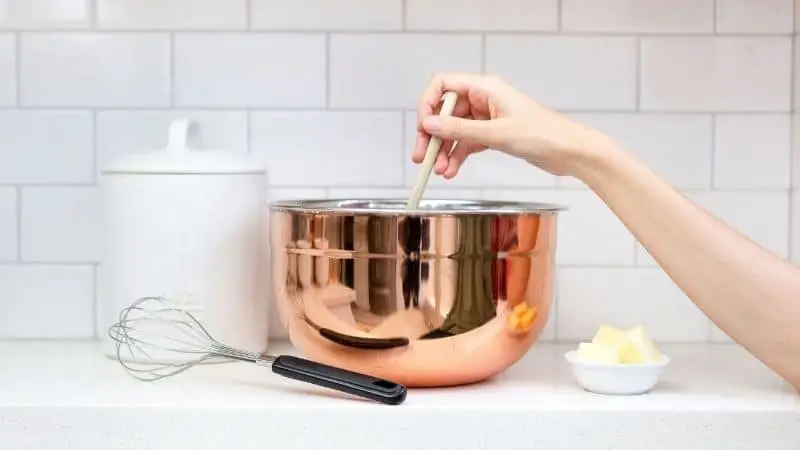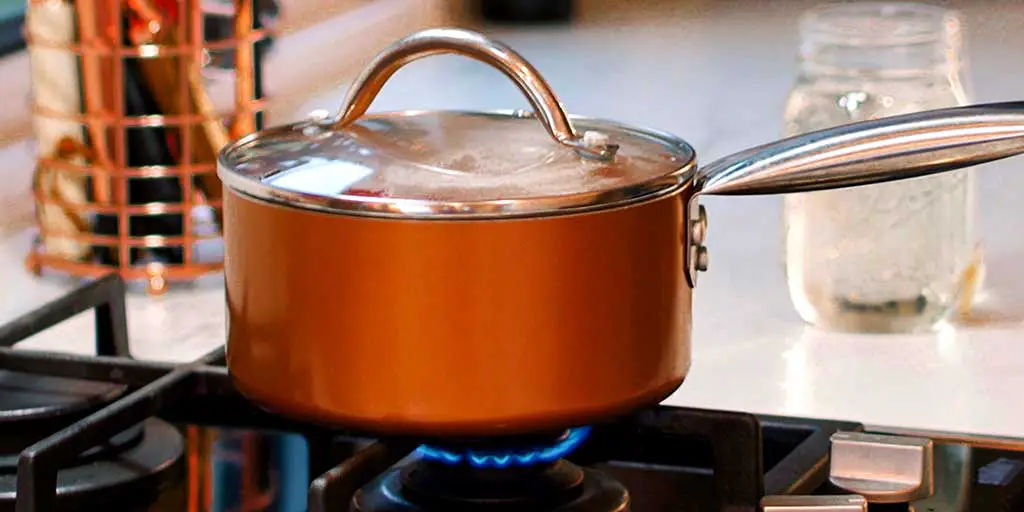Why Does an Empty Plate Not Heat Up in the Microwave
It takes a keen eye to notice things like these. If you’re here reading this, there’s a huge chance that you’ve put an empty plate in the microwave oven, and you saw that it didn’t heat up.
So, why does an empty plate not heat up in the microwave? The basic answer comes from science. And, if you have a knack for learning interesting things like these, you’re in the right place.
Microwave ovens accept different materials, but you also need to know about the containers you cannot use in it. So let’s uncover your mystery now!
Contents
The Simple Answer
Let’s deal with this in the simplest way first. For a plate to get hot in the microwave, you need to have something with moisture on it. Any element that doesn’t have moisture will not heat up in the microwave.
That’s why if you place an empty plate in the microwave, it’s not going to heat up. But if you do place even the smallest portions of food on a plate, the entire thing comes out hot to the touch.
Let’s Talk Molecules
I know it’s getting a bit scientific here, but stay with me, alright? We won’t be diving too deep into chemistry with this one, so you don’t have to worry.
Firstly, when you put any food into a microwave oven, the water molecules within that food are the ones that get hot. That, in turn, makes the entire food warmer, and eventually, hot.
And if you’re familiar with the transfer of heat from one substance to another, you would notice that the heat from the food also made the plate heat up. That’s right! Molecules!
The Science of Vibrating Molecules
The rays that come from within a microwave when it’s operating affect the temperature of the food you put inside it. These waves actually cause the water molecules inside the food to vibrate rapidly.
And if you are paying attention, these rapid vibrations are enough to generate heat. This eventually heats the food up quite a lot, even within a minute. But if you put an empty plate into a microwave oven, you won’t see the same kind of impact.
In fact, you might even feel a bit of heat from an empty plate. But that might be because the plate had quite a few drops of water molecules on it.
A Story of Heating Foods from Inside Out
You might have heard the same heading at a lot of places. Or you might have read a couple of blogs that contained the same line, but you couldn’t really grasp what it actually meant.
Since microwave ovens actually heat the water molecules inside the food substances, they became quite famous for such a reason. A stovetop oven will actually apply heat to the food from one side or both sides.
But a microwave oven works in a completely different way. That is, they truly heat food up from the inside out.
Cooking in a Microwave Oven
The word microwave actually denotes the waves which are produced inside the microwave oven. To the core of all these lies a magnetron. A magnetron is an electron tube that actually creates these microwaves.
If you’ve been observant, the interior of the oven isn’t as hot when you’re getting the food out of the microwave oven. The water molecules inside the food substances vibrate and produce heat. This eventually cooks the food.
So what happens when you’re cooking something thick? Well, in this case, the outer layer of the food heats up in the normal microwave process. Then the heat transfers from the outer layer to the inside and transfers the heat.
The microwave ovens are a lot more efficient because they cook things much faster than conventional cooking methods. I know you can’t cook absolutely everything in a microwave, but you got to admit that they are a fabulous invention of the modern-day.
Containers and Their Materials
If you’re someone who knows the don’ts of using a microwave oven, you should know that you absolutely cannot place some materials inside a microwave. Like, some plastic containers may actually end up melting if they stay too long in a microwave.
Even aluminum foils and metal containers aren’t recommended for use inside microwaves. That’s because these waves may actually reflect off the containers and eventually cause some damage to the microwave oven.
By using containers made of glass, plastic, paper, or ceramic are okay to use. And you would realize that if you put an empty container inside the oven, it won’t heat up.
Final Words
If you’ve read this far, you should already know why does an empty plate not heat up in the microwave.
Well, for microwave, there’s this specific type of plate. Now, make sure you just don’t get something typical. Rather, get your hands on the best plates for microwave you can find in the market.





